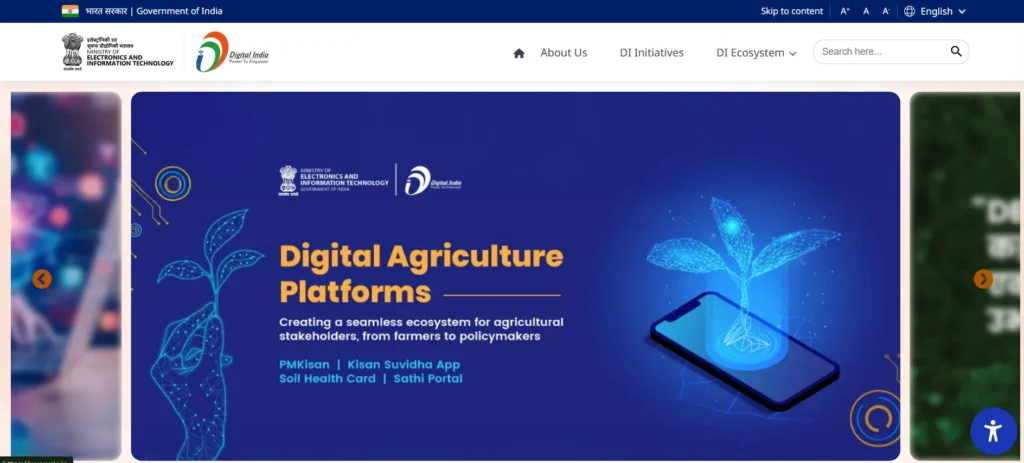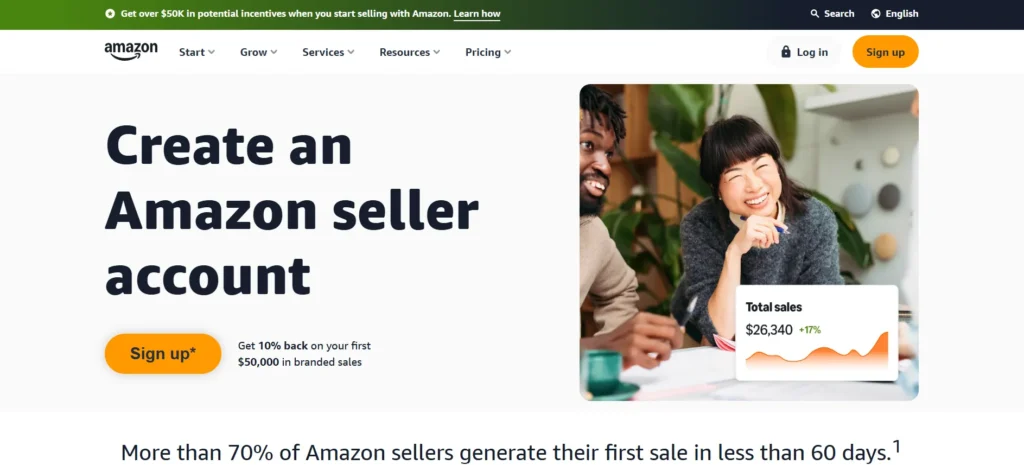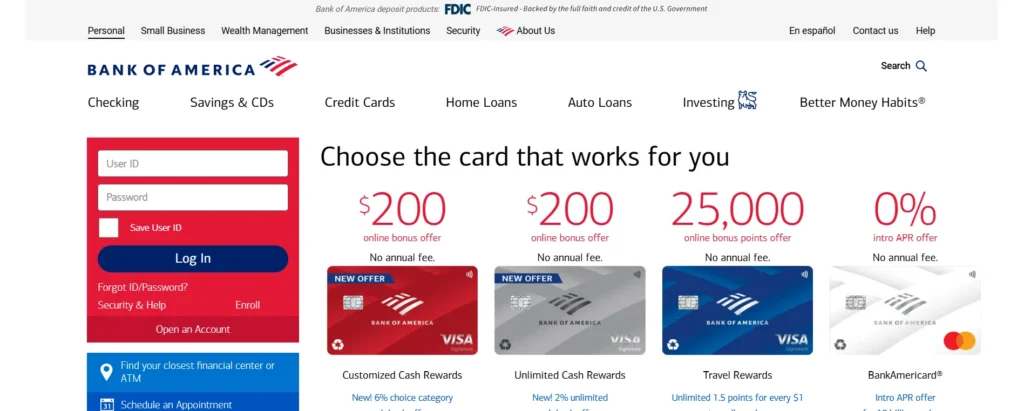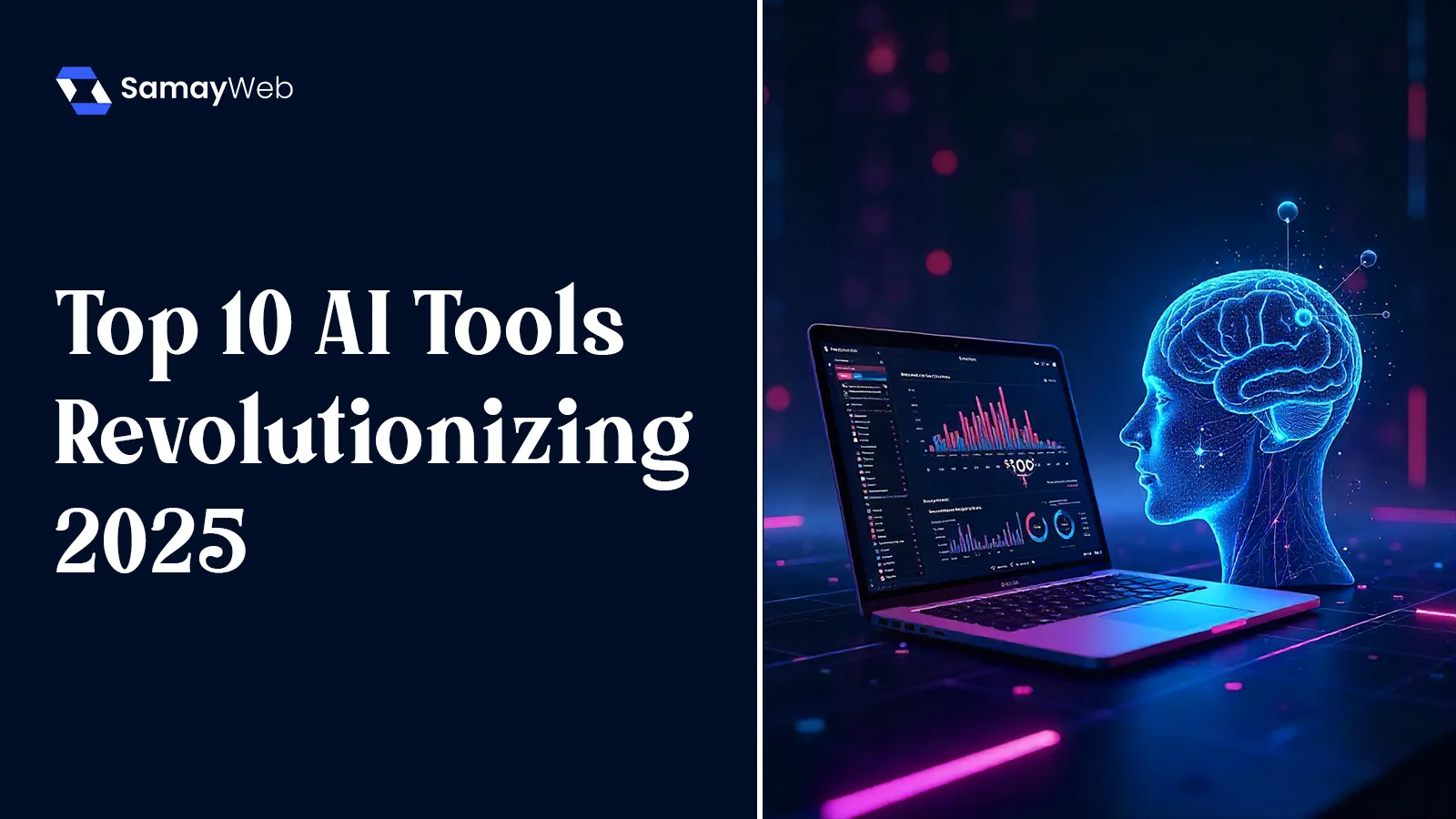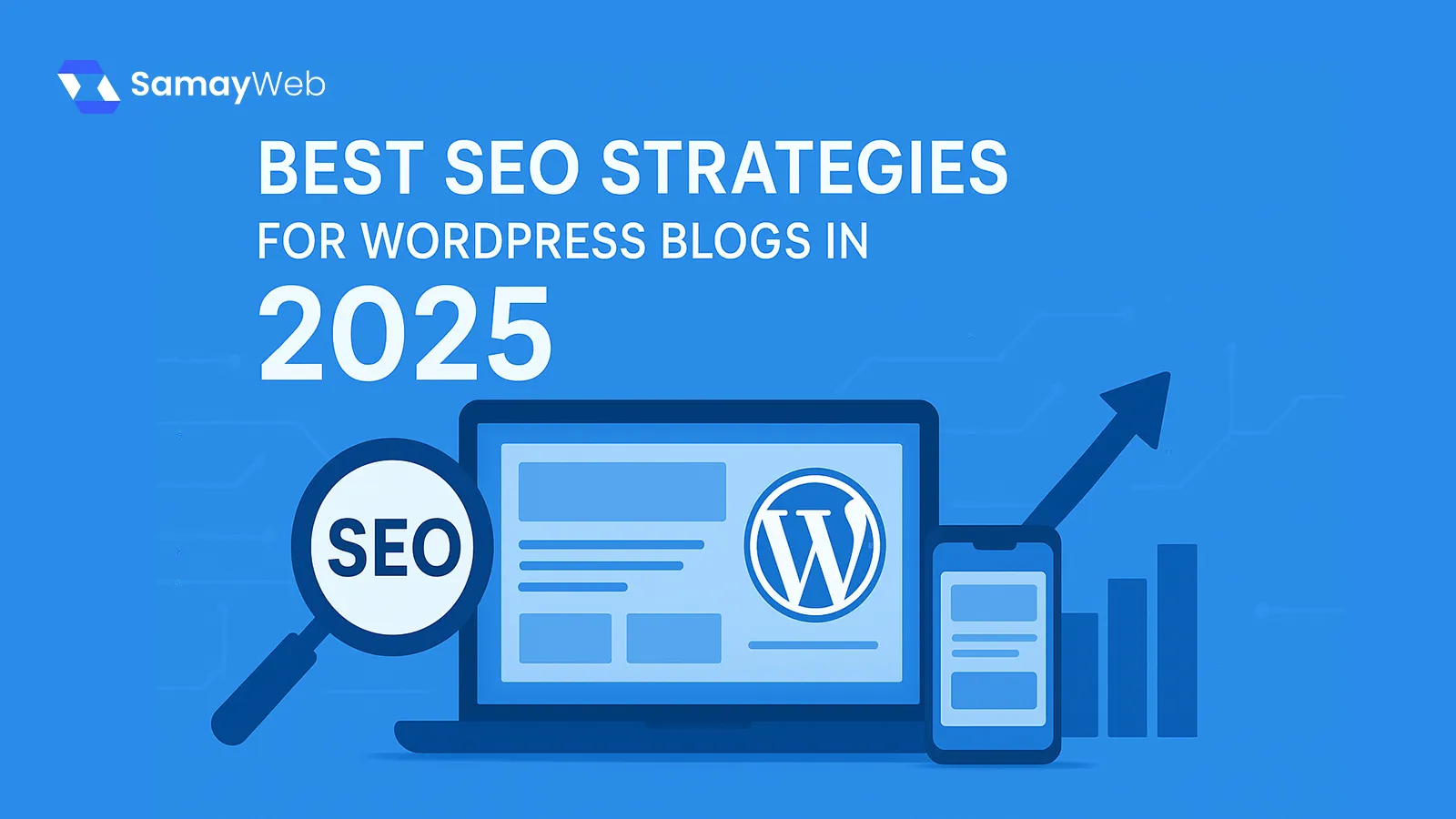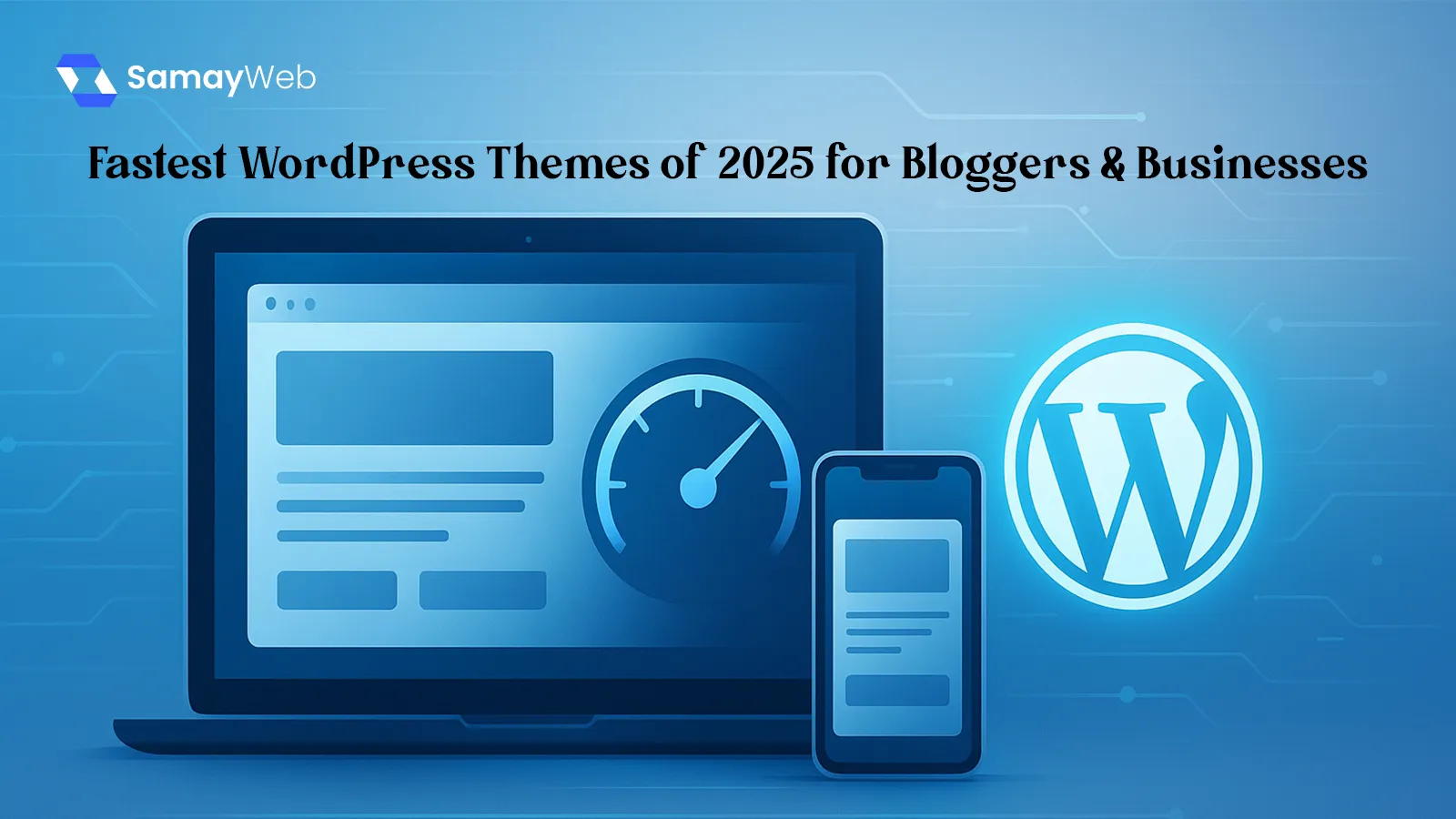In this article, we’ll explore the top 8 web portal examples in 2025 that excel in functionality, user interface design, scalability, and overall performance. These portals span across healthcare, education, finance, eCommerce, and tech—offering real-world inspiration to elevate your next project. From intuitive dashboards to powerful backend integration, each example showcases innovative web portal design that delivers exceptional value.
The word “Portal” has been in the buzz since 1997. While the definition has been changing over time, as of today, from subjective contexts, a web portal is a comprehensive management system for knowledge and data. The general public cannot access these portals, but users can see data according to their access level and preferences. It only requires a URL, ID, and password. Web portals allow a customized range of functions, which include data input, collaboration, and personalized information retrieval while ensuring digital security.
There are many people who are often confused between the terms website and web portal. A website and a web portal can often be used interchangeably by individuals who think they serve the same purpose. Nevertheless, they are quite different and used for distinct purposes. For instance, a website is built to be static and focused on showcasing the same content or services to everyone. It is generally accessible to a broad audience and provides uniform information in the same structure.
A web portal is a dynamic hub that consolidates information and services. Whether you’re a business, organization, or community, this platform provides a centralized location to streamline operations. Web portals offer efficient access to crucial data. Instead of navigating scattered applications, users find everything in one place, boosting productivity. For businesses, this means streamlined workflows and improved internal communication. For customers, it translates to a user-friendly interface for accessing support and information.
Also, portals enable personalized experiences. Users can customize their dashboards, displaying only relevant content, improving satisfaction and engagement. This tailored approach creates a sense of ownership and relevance, encouraging frequent interaction.
Here are 8 examples of web portals that highlight how different sectors use portals to enhance communication.
Government portal offers citizens access to government information, services, forms, and resources, promoting transparency and engagement. Most of the fully functional government portal helps citizens to access various services, advantages, schemes, and information from one centralized portal.
In this digitally-driven world, businesses are focusing strongly on serving customers what they actually want to foster sustainable growth and success. A customer web portal offers clients direct access to services like billing, product info, order tracking, and support, all in one place. It certainly reduces the need for time-consuming emails or frustrating calls by allowing customers to manage their own accounts and access data effortlessly. This improves overall customer satisfaction and response time.
A vendor portal is a platform that allows vendors, suppliers, and business partners to interact and collaborate with an organization. This portal is a centralized hub for managing and accessing procurement information, communicating with the organization, and managing orders and invoices from a single user interface. The vendor portal streamlines communication enhances transparency and facilitates efficient business processes between the organization and its vendors.
These web portals are designed to deliver educational content and courses with course libraries, quizzes, and progress tracking.
For example, the leading online education platforms like Coursera, etc.
Poor internal communication, HR tasks, and resource training can indeed be among the reasons why business owners get a headache. However, with employee web portals, you can centralize HR tools, payroll data, internal communication, leave management, and more.
Banking and insurance portals are among the best examples of web portals in our list. It allows users to manage their accounts, file claims, view policies, transfer funds, check account balances, and perform other account-related tasks. Consider this web portal example and build your own banking portal to deliver a better customer experience. With such feature-rich web portals, organizations can create a seamless and secure digital experience that enhances trust and keeps customers engaged. Banking institutions can offer 24/7 access to services for their valued customers, which also reduces operational costs.
When you need to share confidential data and information within the organization, specifically for inter-departmental employees, a corporate web portal is the perfect solution. Corporate web portals can be used to centralize operations, share internal updates, manage tasks, and enable collaboration across departments.
A patient portal provides patients with direct access to their medical information and healthcare services. Through this portal, patients manage appointments, view test results, request prescription refills, and communicate with their healthcare providers. Patient access to the portal enhances convenience and engagement in their healthcare journey.
The Digital India portal is a robust government services web portal that provides access to e-governance services like PAN card status, Aadhaar services, digital certificates, and more. It demonstrates how digital transformation can empower citizens through centralized service delivery. Its multilingual support and real-time status updates make it one of the most efficient government portals in the world.
Bank of America offers a highly secure and user-friendly banking web portal that lets users check balances, transfer funds, pay bills, and access financial planning tools. With multi-factor authentication, personalized dashboards, and mobile compatibility, it sets a benchmark in the financial services industry for delivering robust digital banking experiences.
Coursera is a world-class online learning portal that connects learners to university-level courses and certifications. With AI-driven recommendations, progress tracking, and real-time quizzes, it demonstrates the full potential of ed-tech platforms to deliver personalized, scalable, and engaging education through intuitive portals.
The success of a web portal hinges on its ability to serve users with seamless functionality, intuitive design, and reliable performance. Whether you’re building a healthcare portal, a learning platform, or a business CRM system, these examples show how to combine user experience, scalability, and security. Take inspiration from these top-performing web portals and implement their best practices into your next project for long-term success.
